To good health and a long life! The average life expectancy in China in 2018 was 77 up from just 35 in 1949. In the 6th episode of our explainer series, we explore #HowChinaCan more than double life expectancy. #NewChina70Years
BEIJING, Sept. 21 (Xinhua) -- In 1949, the average life expectancy in China was less than 35. In 2018, that number reached 77. Life expectancy hit a record high in successive years while infant and maternal mortality rates reached record lows.
China's life expectancy has exceeded the global average by 4 years and exceeded the upper middle-income country average by 1 year.
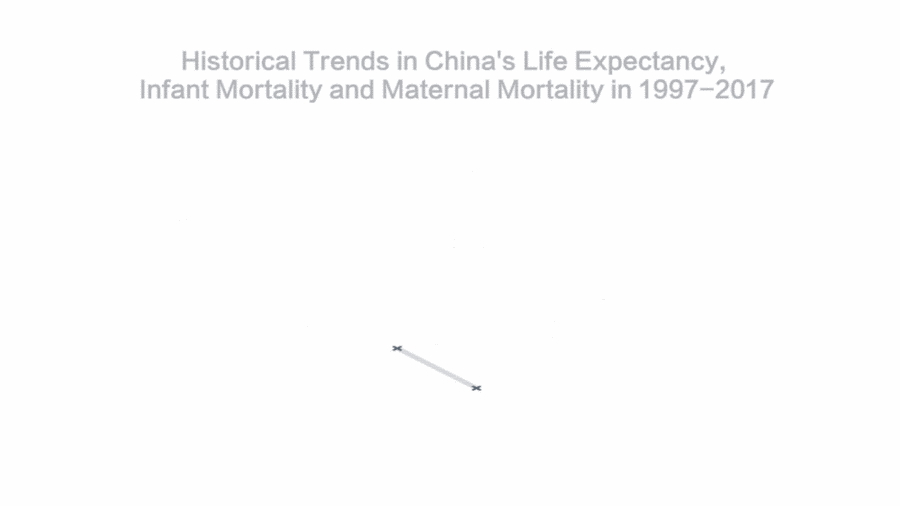
How has China more than doubled its life expectancy over the past 70 years?
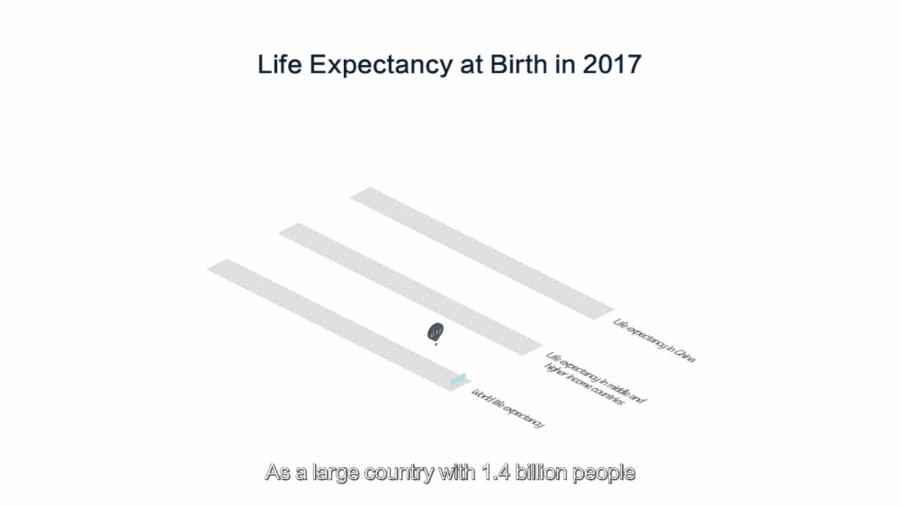
China's increase in life expectancy is a result of improved physical health as well as improved social development and diet.
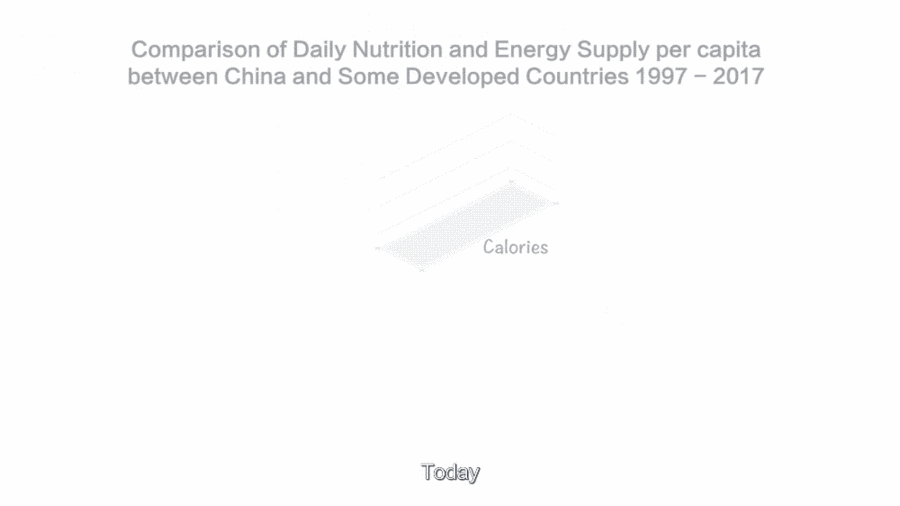
In addition to the increase of calories and protein intake, diets in China are becoming healthier and abundant with more and more fruit and vegetables.
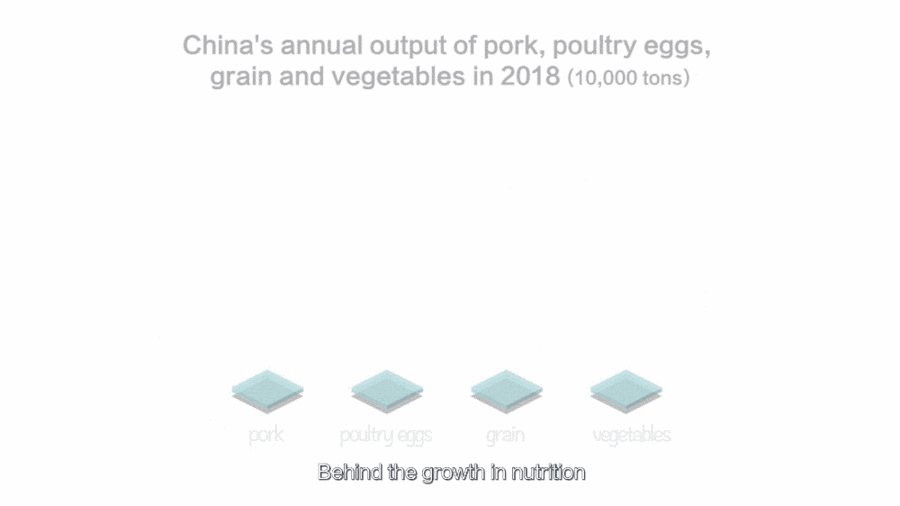
Today, China is on par with developed countries in terms of nutrition intake. Behind the growth in nutrition is China's strengthened food production capacity.
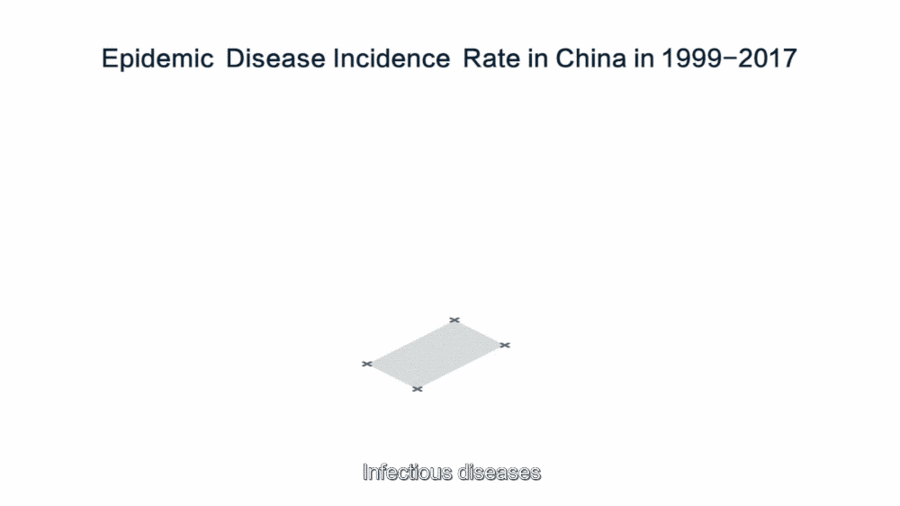
Infectious diseases are the biggest threat to the health of people in developing countries. In China today, many of the most severe infectious diseases have been effectively controlled.
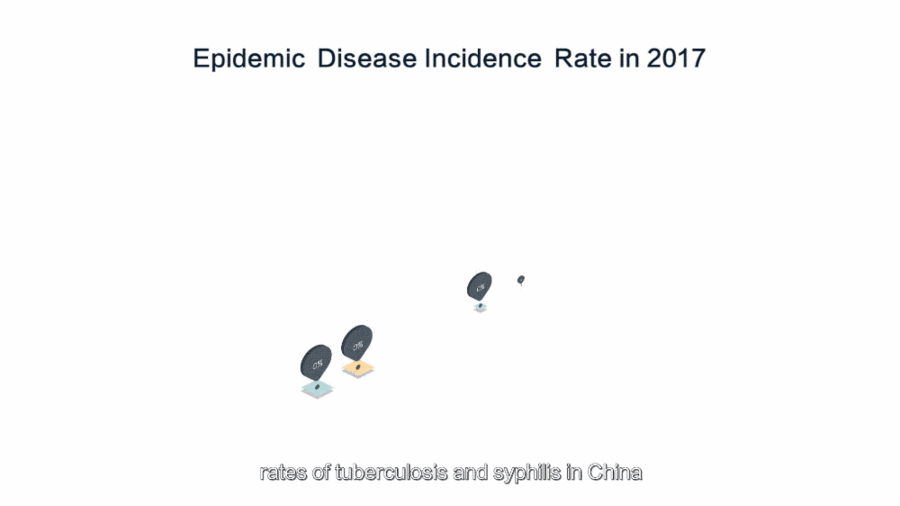
Vaccinations are the most effective way to control infectious diseases. The vaccination rate of China's immunization program has been kept above 90 percent.
In 2017, rates of tuberculosis and syphilis in China was 0.061 percent and 0.034 percent respectively compared with 0.134 percent and 1 percent worldwide, which is lower than the global average.
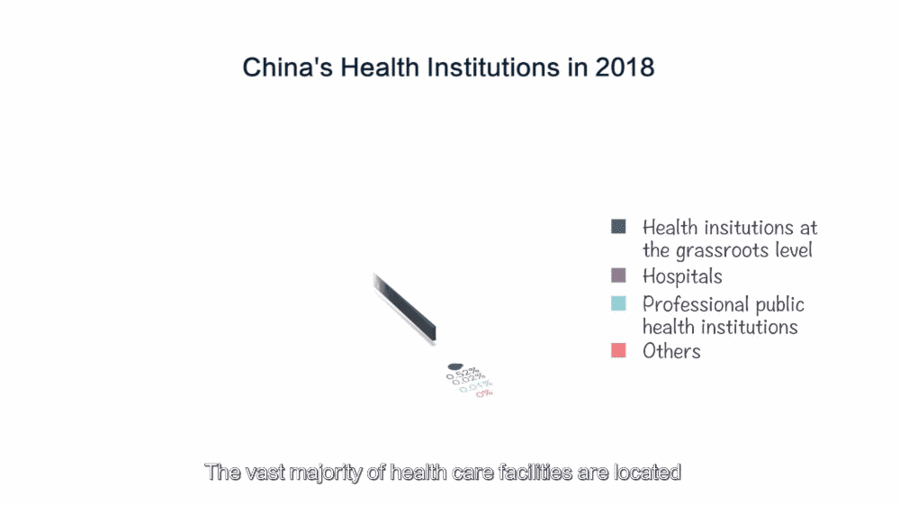
From 1949 to 2018, the number of medical and health institutions, health technicians and hospital beds in China increased by about 271 times, 18 times and 99 times respectively.
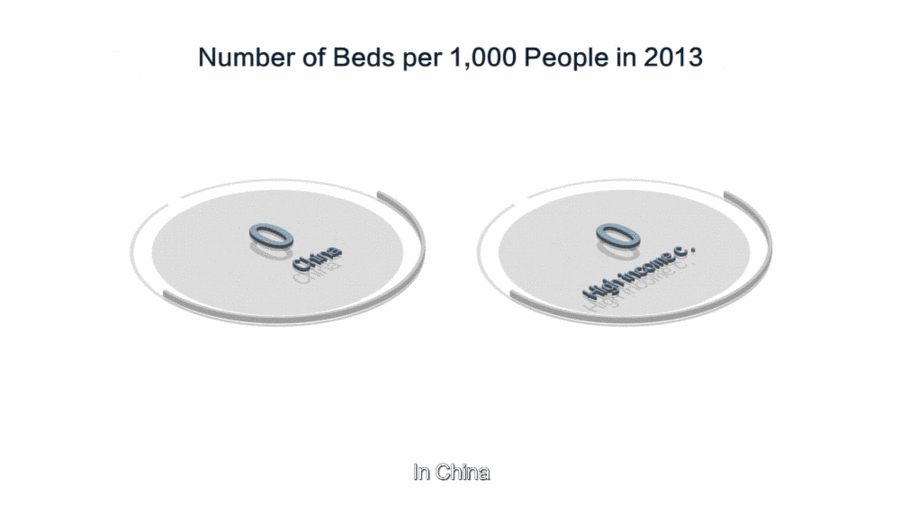
Every year, China opens nearly 10,000 new health institutions including nearly 100 top-rated hospitals. The patient treatment capacity of health institutions has been increasing every year in China, reaching 8.31 billion in 2018.
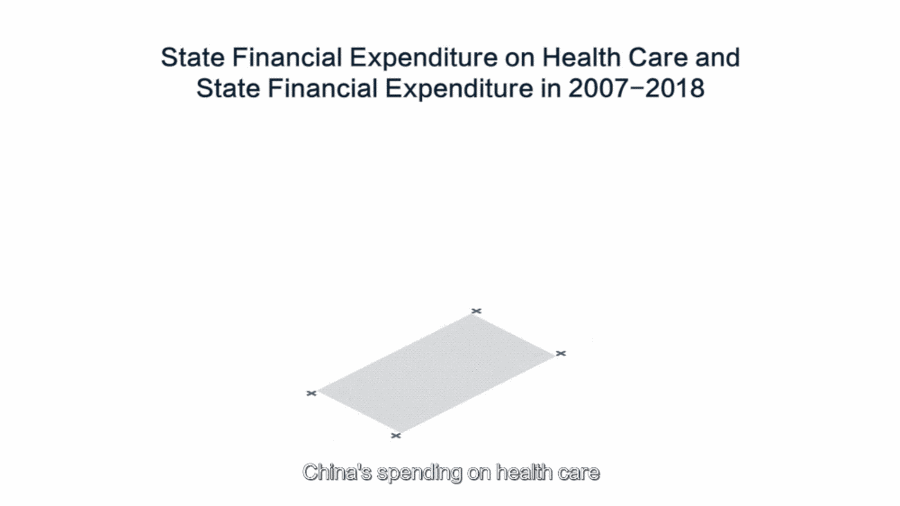
China's spending on health care is growing at a faster rate than the fiscal expenditure in general. China spent 6.288 percent of its GDP on health care in 2016.
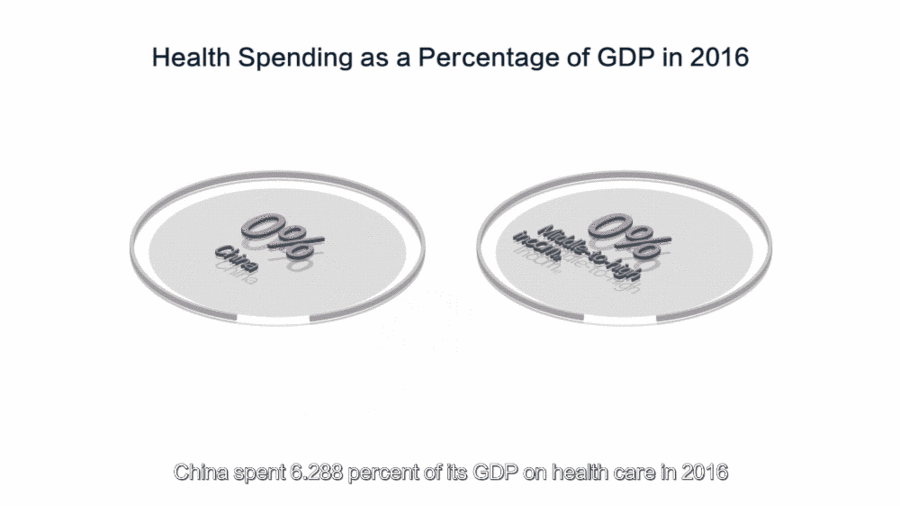
Alongside a higher life expectancy, Chinese people's physical health will continue to improve and diseases will be further controlled, ensuring a healthier and happier China for all.■



